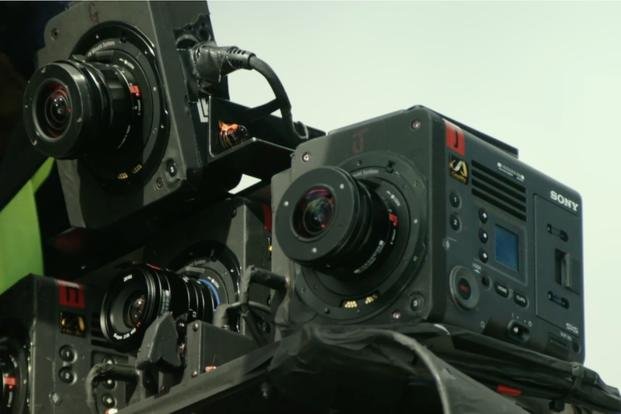The long-delayed sequel to “Top Gun” is slated for November 2021, and promotion for “Top Gun: Maverick” is starting to pick up as the release date approaches.
Paramount Pictures partnered with the YouTube show “Could You Survive the Movies?” for an interview with director Joseph Kosinski about how his crew pushed the technological envelope to create the movie’s in-flight action scenes.
The new clip is an addition to the “Could You Survive the Movies?” episode that explores the science behind the original 1986 movie. Series host Jake Roper joined Kosinski for the conversation highlighted in the new clip.
Related: Learn the Science Behind ‘Top Gun’ on ‘Could You Survive the Movies?’
Kosinski reveals that he studied to be an aerospace engineer before getting into the filmmaking game. That makes sense because the director behind sci-fi movies such as “TRON: Legacy” and “Oblivion” always has shown a bent for cutting-edge movie technology.
To help the actors get their performances right, the crew built a replica of an F-18 Super Hornet cockpit on the ground, and Kosinski rehearsed each scene with the actors before they did the actual scene inside a jet screaming across the sky.
Since the team was inventing new ways to film airborne action, the process could be incredibly slow. “Some days, we’d work a 16-hour day and get 40 seconds of footage; 25 cameras running simultaneous,” Kosinski reveals to Roper in the clip.
The big reveal in the interview is that cinematographer Claudio Miranda worked with Sony to develop a new camera system called the Rialto, which is an add-on to Sony’s popular Venice 6k camera. Kosinski says they captured the footage using six Rialtos on each plane, with four cameras facing the actor and two cameras facing forward.

The images featured in the video suggest a kind of hybrid setup, because it looks like at least two Venice units are included in the four-camera array that’s facing the actors. The Venices are definitely too large to be connected to the front-facing cameras.
The Rialto comes with a nine-foot cable that allows it to connect to a Venice unit, so it looks like the filmmakers figured out places to stash the Venice units around the plane.
Even though the photos make the Venice look like a monster piece of gear, the unit weighs only 8.6 pounds and the Rialto extension units weigh 3-4 pounds. To anyone who lugged around digital cameras when they first arrived on the market, this will seem like impossible news. Welcome to the future.
You can play with this tech yourself if you’ve got the cash or qualify for Sony’s interest-free financing. A Venice body retails for $42,000, and a Rialto starts around $12K. Then you need lenses and all the other rigging. You can get started for around $65,000, but $100K would give you a ton of options.
You can watch the entire interview for yourself below.
Keep Up With the Best in Military Entertainment
Whether you're looking for news and entertainment, thinking of joining the military or keeping up with military life and benefits, Military.com has you covered. Subscribe to the Military.com newsletter to have military news, updates and resources delivered straight to your inbox.

















